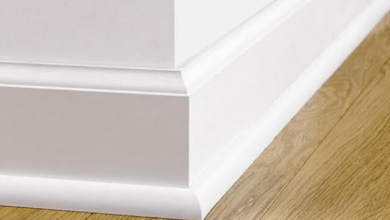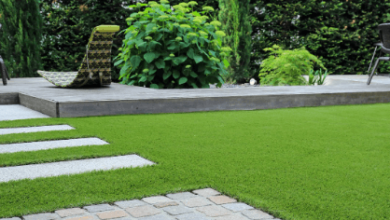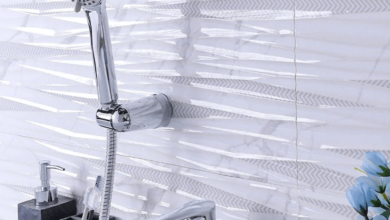5 Common Mistakes to Avoid When Working with Plywood

Plywood is a flexible and commonly used material in construction and interior design. Whether you’re creating furniture, and cabinets, or working on a DIY project, plywood provides strength, durability, and aesthetic appeal. However, if you are unfamiliar with the specific qualities of plywood, dealing with it can be difficult. To ensure your project’s success, avoid these five frequent blunders when working with plywood.
1. Choosing the Wrong Grade of Plywood
Plywood is available in a variety of grades, each suitable for a distinct application. One of the most common mistakes people make is not selecting a suitable grade for their project. Plywood grades are A through D, with A being the greatest quality and D being the lowest. A-grade plywood has a smooth surface with few imperfections, making it ideal for furniture and cabinets. Lower grades, such as C and D, may contain obvious knots and faults and are better suited for subflooring or other structural applications.
Before purchasing plywood, consider your project’s requirements and select a grade that meets them. Using lower-grade plywood for visible surfaces can result in an unattractive finish that requires greater effort to repair.
2. Improper Cutting Techniques
Cutting plywood can be difficult, especially if you want smooth, straight edges. One typical mistake is using an improper saw or blade, which can result in splintering and chipping around the edges. For smooth cuts, use a fine-toothed blade meant for cutting plywood; for straight cuts, consider using a circular saw or table saw.
Another advice is to correctly hold the plywood during cutting to keep it from bending or warping. Clamp the plywood tightly to your work surface and make sure the saw is properly guided to avoid deviations. To reduce splintering, particularly on the top layer, score the cut line with a utility knife before making the cut.
3. Neglecting to Seal the Edges
Sealing the edges is sometimes ignored when working with plywood. The margins of plywood are more porous than the surface, rendering them prone to moisture absorption and degradation over time. If not sealed, the edges can swell, delaminate, or weaken, jeopardising the structural integrity of your project.
To avoid this, always seal your plywood’s edges with a high-quality wood sealant or edge banding. This not only protects the plywood from moisture but also gives your product a more polished and finished appearance. Edge banding is particularly effective for projects with prominent edges, such as cabinets and shelves.
4. Ignoring the Grain Direction
Plywood, like real wood, has a grain orientation that influences both strength and attractiveness. A typical mistake is neglecting the grain direction when cutting or assembling components, which results in weaker joints or an uneven appearance. When creating your project, make sure the grain goes parallel to the longest side of the item for the best strength.
For aesthetic reasons, matching the grain direction uniformly across visible surfaces will make your project look more coherent and professional. If the grain direction is not considered, the finished product may appear fragmented, and the material’s strength may be impaired.
5. Improper Storage and Handling
Plywood is moisture-sensitive and will warp if not stored properly. Storing plywood sheets upright or in moist conditions can lead them to bend and become difficult to work with later. One of the most typical mistakes is exposing plywood to humidity or storing it upright.
To avoid warping, always keep plywood sheets flat and off the ground in a dry, well-ventilated environment. If you must keep plywood upright, ensure sure it is properly supported throughout its length to avoid bending. Additionally, handle plywood cautiously to avoid harming the edges or surface, which could result in splintering or uneven cuts.
Read also: What do Sober Living Homes provide?
Conclusion
Working with plywood can be a gratifying experience if you avoid the following frequent blunders. Choose the suitable quality, use proper cutting techniques, seal the edges, pay attention to the grain direction, and store the material carefully to guarantee that your plywood projects are sturdy, lasting, and visually beautiful. Whether you’re a seasoned carpenter or a DIY enthusiast, keeping these pointers in mind will help you achieve professional-level results with plywood every time.






